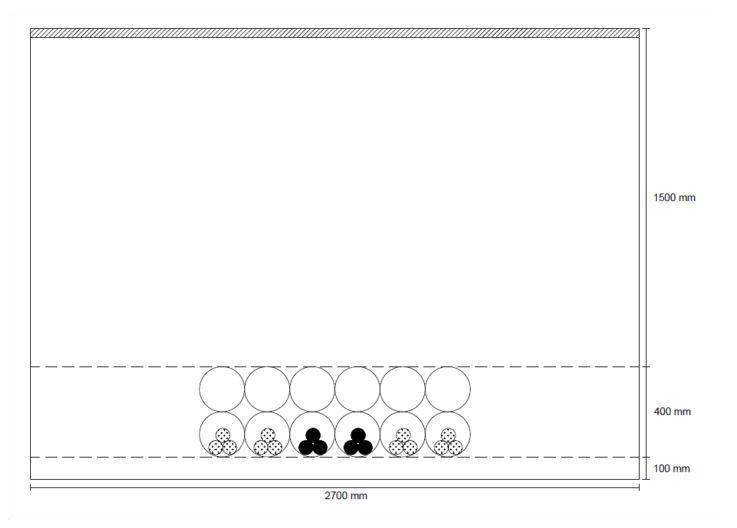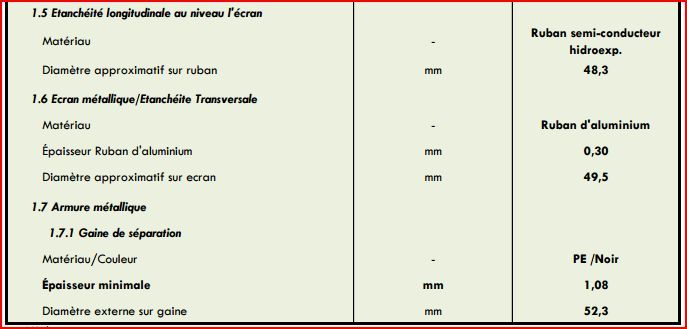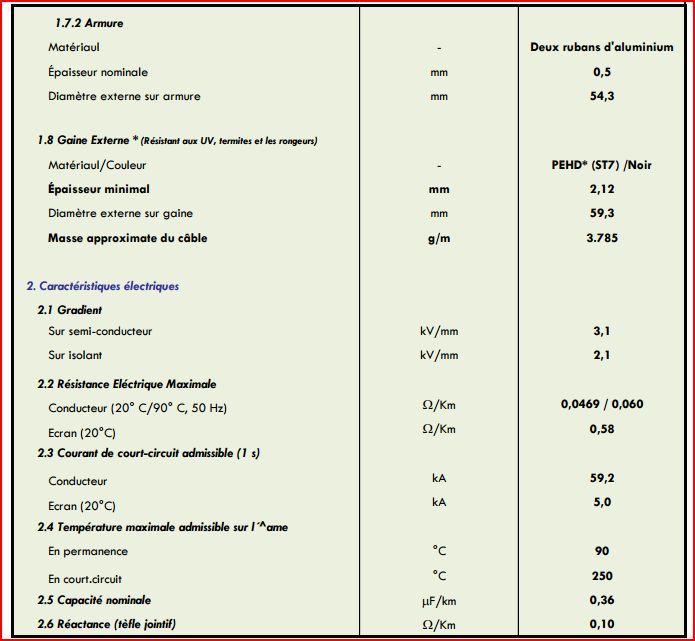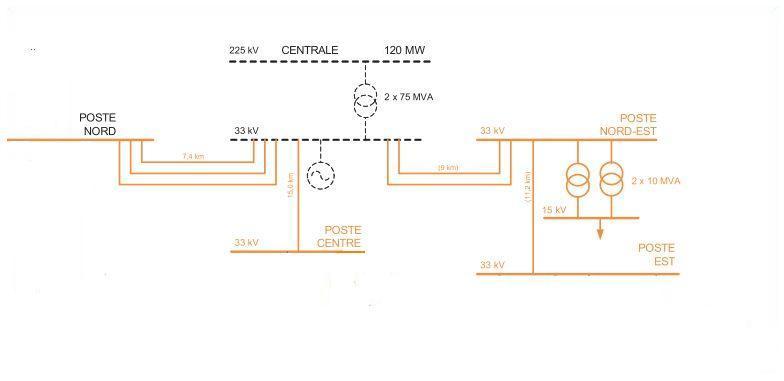I'm studying Electrical engineering at faculty.I will be pleased If you can guide me and give me advices and directions to take for resolving some problems I meet during my internship.
Actually, I'm working on a project about a medium voltage electricity distribution (HTA) through underground cables. The first problem I met is concerning the induced current that flows in the cable screen; it is very high and causes the burning of cables and ends. the second problem is about the imported power, at the output we find it less than what is supposed to be posted.
I try to calculate the current following the IEC 60287 norm in each circuit for different mode. I need to know how can I calculate this current with the purpose to raise it by varying factors that impact on it. Also I don't know how can I use this norm for 6 circuits.
I will be very thankful If you can guide me and help me in my work.
Thanks in advance.
Mehdi Ennajjar
Actually, I'm working on a project about a medium voltage electricity distribution (HTA) through underground cables. The first problem I met is concerning the induced current that flows in the cable screen; it is very high and causes the burning of cables and ends. the second problem is about the imported power, at the output we find it less than what is supposed to be posted.
I try to calculate the current following the IEC 60287 norm in each circuit for different mode. I need to know how can I calculate this current with the purpose to raise it by varying factors that impact on it. Also I don't know how can I use this norm for 6 circuits.
I will be very thankful If you can guide me and help me in my work.
Thanks in advance.
Mehdi Ennajjar





